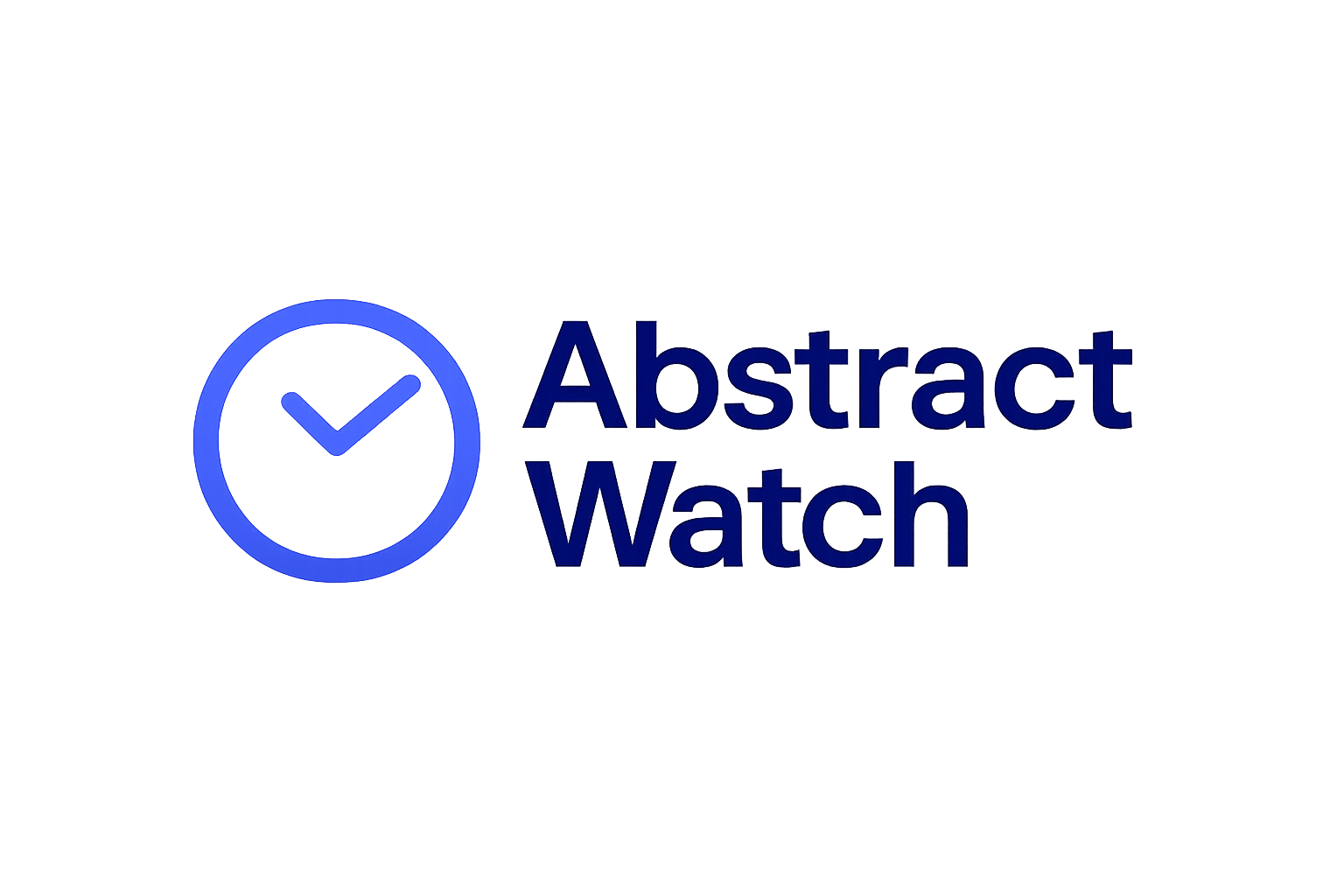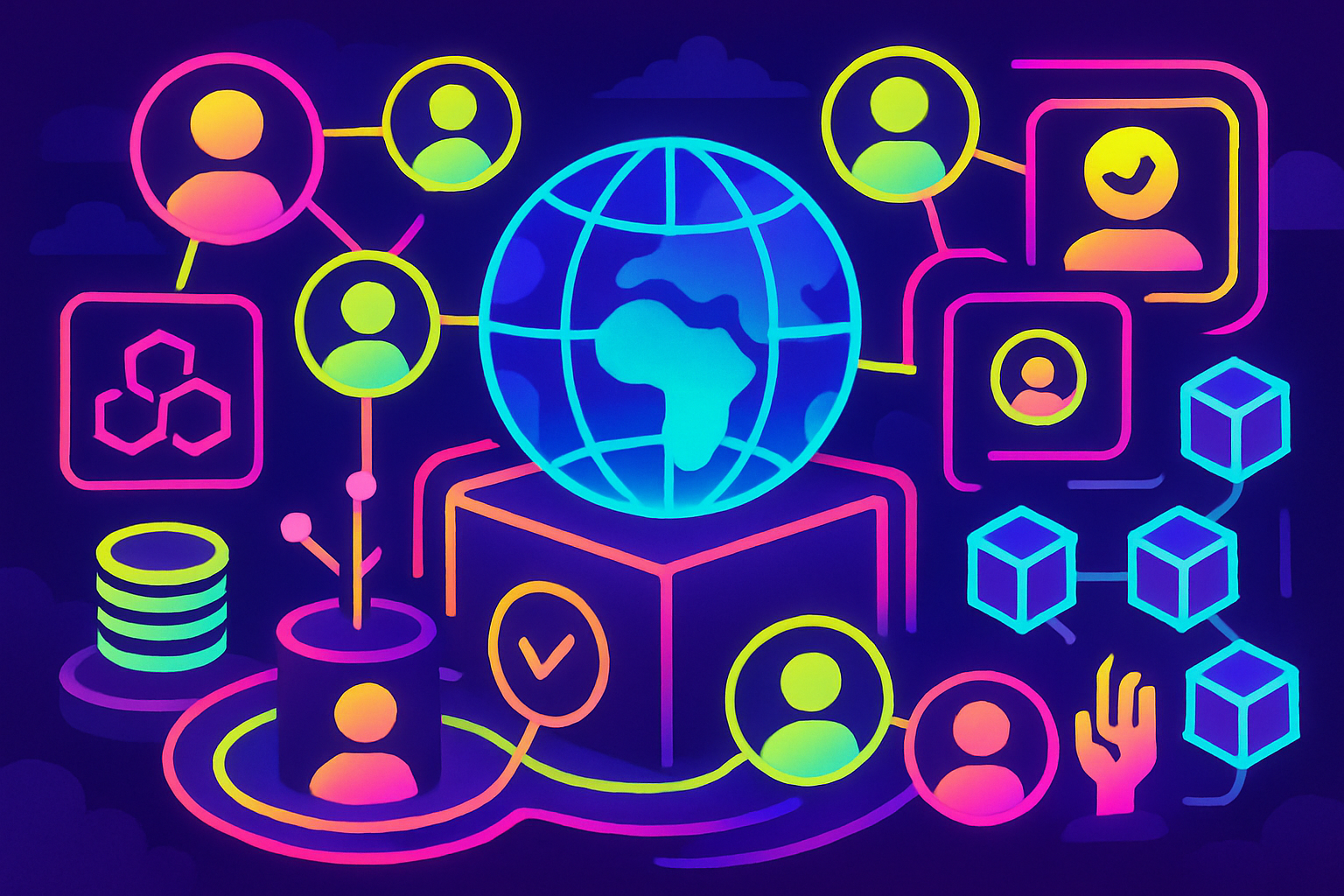
Blockchain development is evolving rapidly, and multi-chain app deployment has become a strategic priority for projects seeking scale and flexibility. However, the traditional process of launching new blockchains or Layer 2 (L2) solutions is fraught with technical hurdles, infrastructure complexity, and high operational costs. Rollup-As-A-Service (RaaS) platforms are changing this landscape by abstracting away the infrastructure layer, empowering developers to launch custom rollups and app-chains with unprecedented speed and simplicity.

Why Multi-Chain App Deployment Matters
The blockchain ecosystem is no longer dominated by a single chain. Developers increasingly need to deploy applications across multiple networks, Ethereum, BNB Chain, Polygon, and beyond, to reach broader audiences and tap into diverse liquidity pools. This multi-chain approach unlocks new use cases but also introduces significant deployment challenges:
- Infrastructure Overhead: Traditional L1 or L2 launches require deep expertise in consensus mechanisms, node operations, security audits, and ongoing maintenance.
- Fragmented User Experience: Managing bridges, wallets, and cross-chain messaging can degrade UX if not handled seamlessly.
- Scalability Bottlenecks: Competing for blockspace on congested networks can drive up fees and slow down transactions during peak demand.
Rollup-As-A-Service directly addresses these pain points by providing a managed environment for deploying scalable app-chains tailored to specific project needs.
The Core Advantages of Rollup-As-A-Service
What sets RaaS platforms apart is their ability to provide end-to-end solutions that handle the heavy lifting behind blockchain scalability. Here’s how they simplify multi-chain app deployment:
Key Benefits of Rollup-As-A-Service for Developers
-
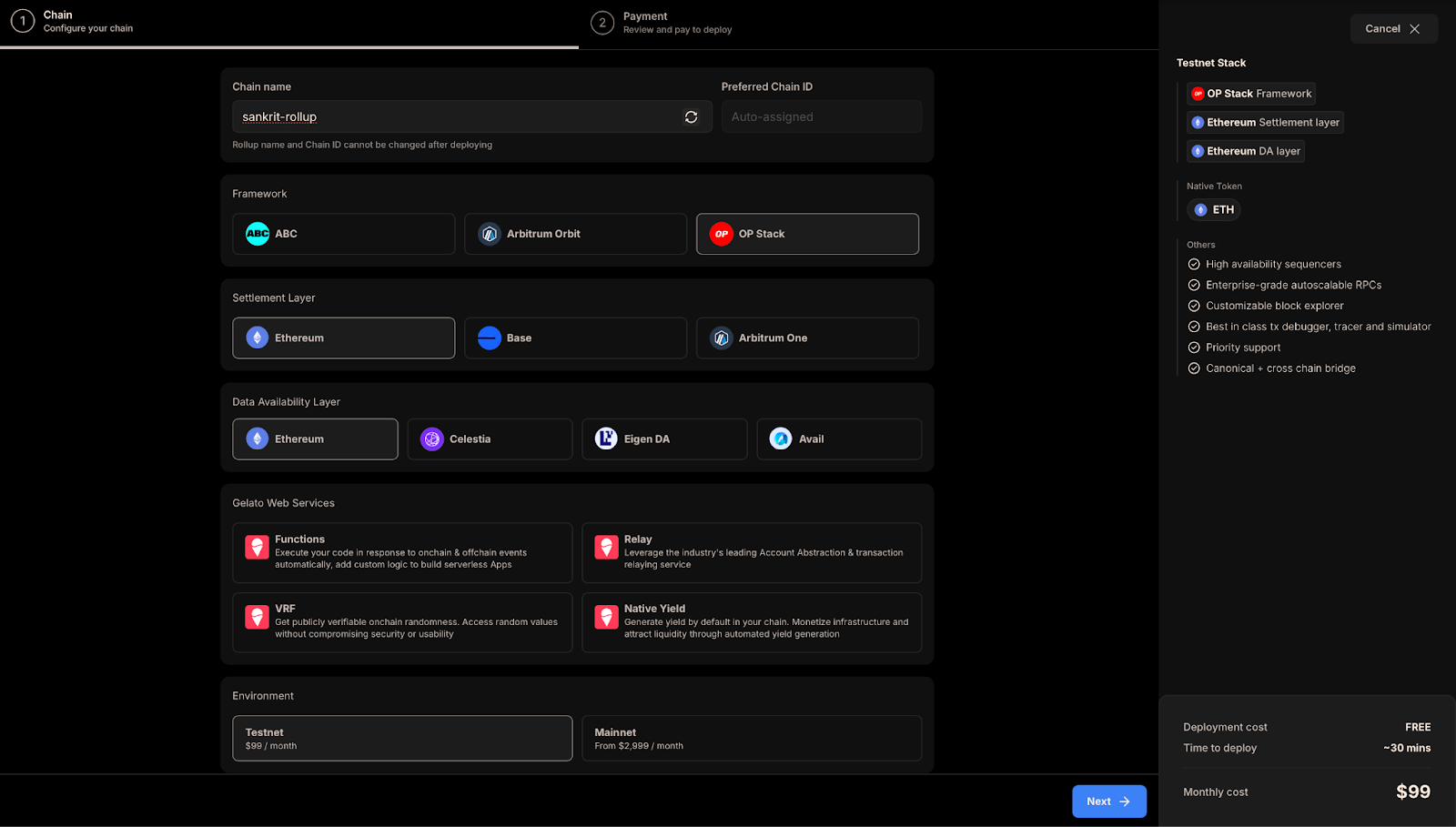
Simplified Deployment: RaaS platforms like AltLayer and Gateway.fm offer no-code or low-code dashboards, enabling developers to launch custom rollups quickly without deep blockchain expertise.
-
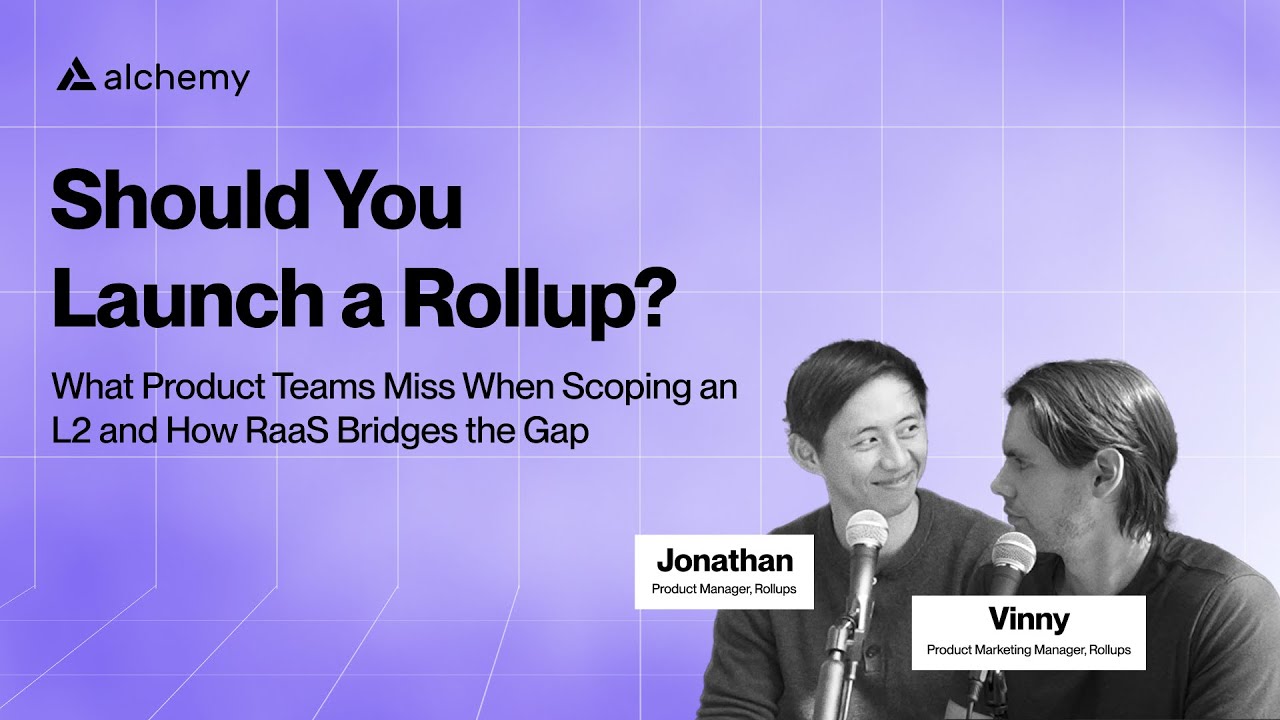
Customization and Flexibility: Developers can tailor rollups to their needs, choosing between optimistic or zk-rollups and configuring parameters such as gas tokens, block times, and consensus mechanisms. Platforms like Alchemy and QuickNode provide these flexible options.
-
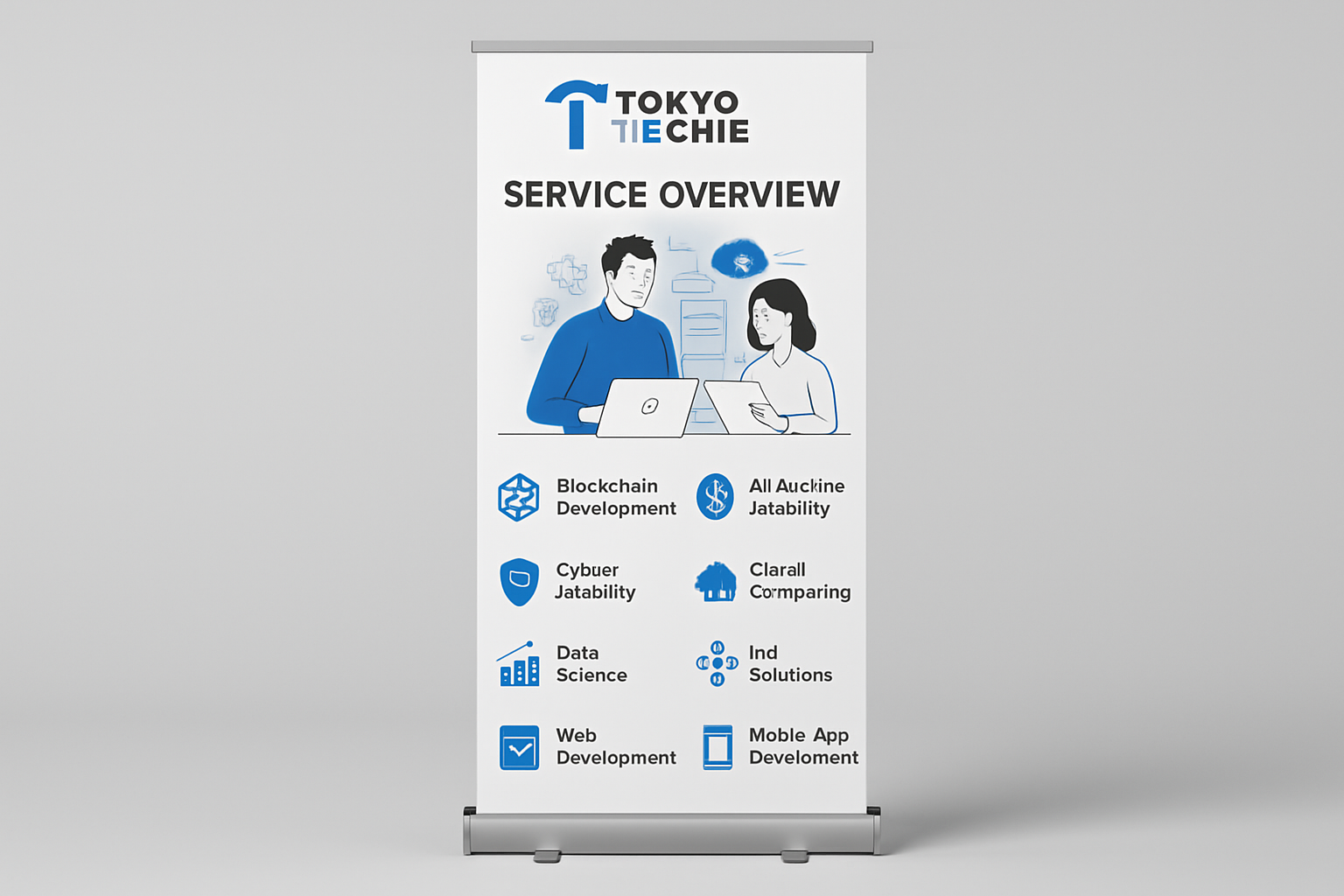
Cost Efficiency: RaaS providers such as Tokyo Techie reduce the time and resources required for rollup deployment and maintenance, eliminating the need for in-house infrastructure management.
-
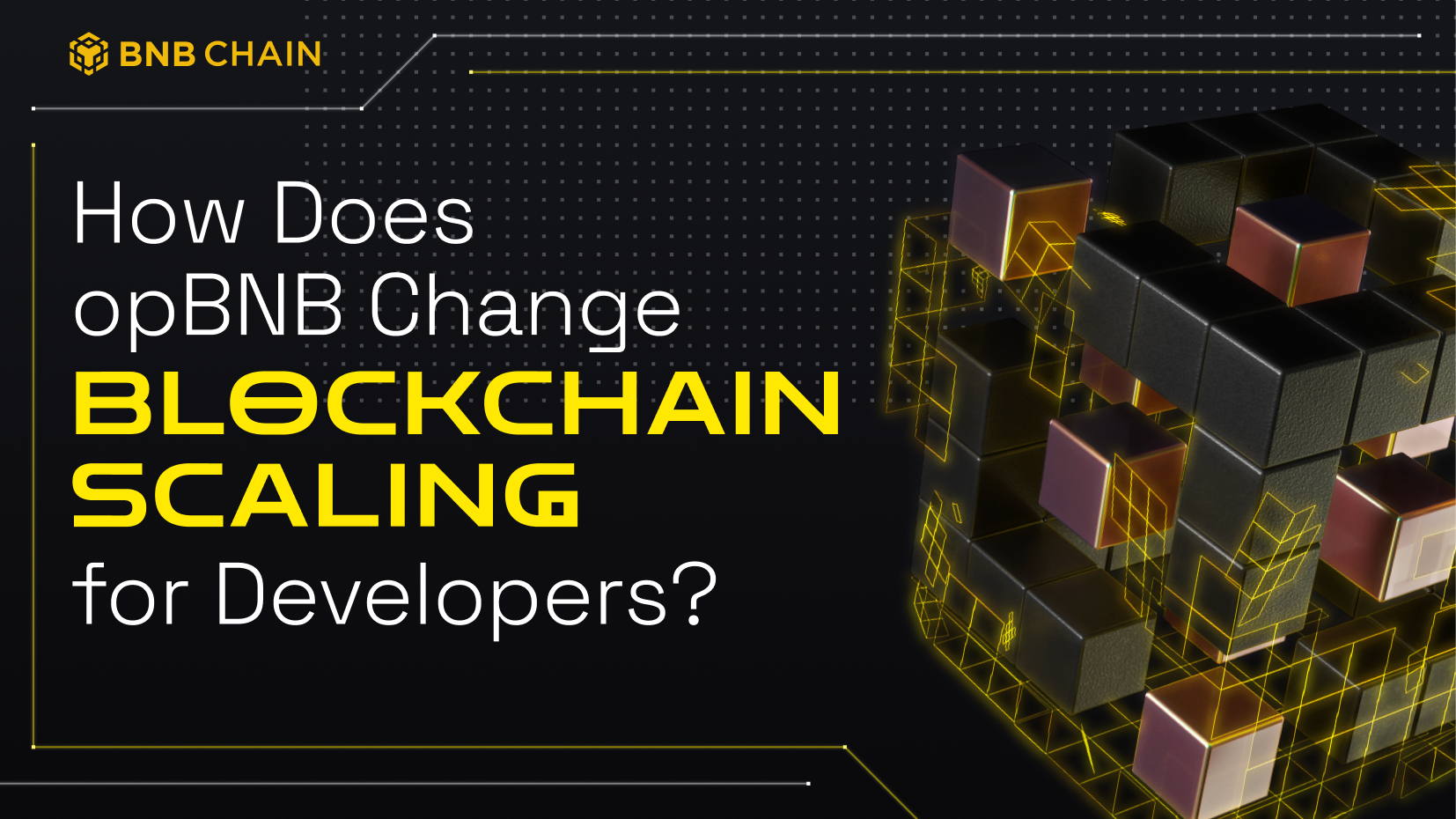
Scalability and Performance: Solutions like BNB Chain’s RaaS infrastructure enable the creation of custom Layer 2 networks, significantly increasing transaction throughput and scalability for decentralized applications.
-
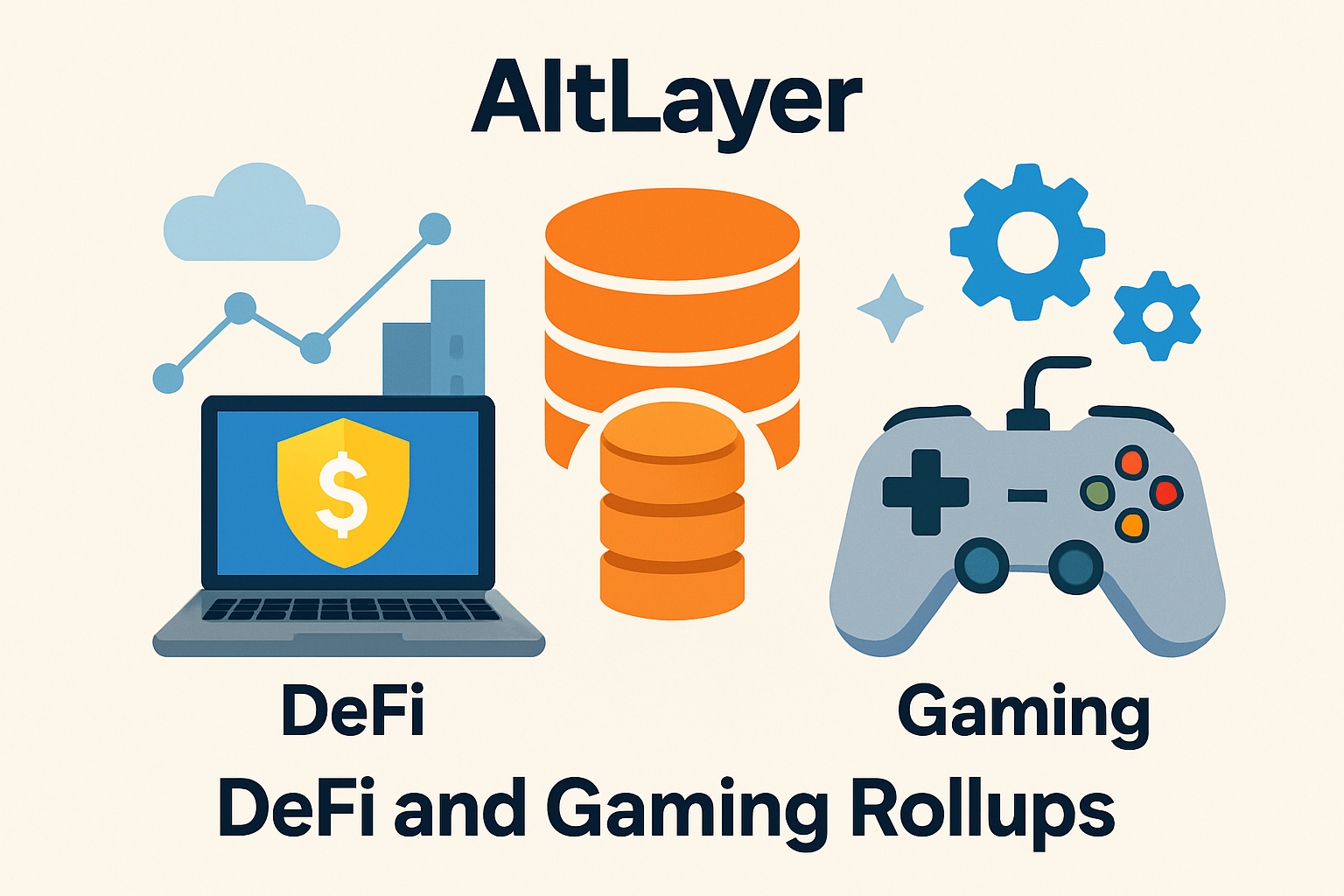
Optimized for Real-World Applications: RaaS platforms empower DeFi, gaming, and high-frequency applications by providing dedicated rollups with consistent performance, lower fees, and sub-second confirmation times. Examples include DeFi rollups on Eco and gaming rollups supported by AltLayer.
No-Code/Low-Code Deployment: With intuitive dashboards like those from AltLayer or Tokyo Techie, even teams with limited blockchain experience can configure and launch custom rollups, optimistic or zk, within minutes. This democratizes access to advanced scaling technology without sacrificing customization.
Customization at Every Layer: RaaS platforms allow granular control over gas tokens, consensus rules, block times, fee structures, and more. Developers can align their rollup parameters with use-case requirements, whether it’s DeFi protocols demanding high throughput or gaming apps needing instant confirmations. Learn more about how abstract rollups enable flexible deployment in our deep dive on abstract rollup technology.
Cost Efficiency and Reliability: By outsourcing infrastructure management to specialized providers with enterprise-grade uptime guarantees, projects can reduce operational expenses and focus resources on product innovation rather than backend maintenance. This efficiency translates into faster go-to-market timelines, a critical edge in today’s competitive Web3 landscape.
Real-World Use Cases: From DeFi to Gaming
The impact of RaaS is already visible across several verticals where scalability is non-negotiable:
- DeFi Platforms: Dedicated rollups eliminate competition for blockspace during high-demand events like token launches or liquidations. This ensures consistent performance and lowers transaction fees for end-users.
- On-Chain Gaming: Custom gaming rollups deliver sub-second confirmation times and bespoke fee models, crucial for player retention in fast-paced environments.
- NFT Marketplaces and Social dApps: Tailored app-chains support unique asset standards or social graph integrations without being constrained by generic L1 limitations.
If you’re interested in how these verticals leverage RaaS for rapid deployment at scale, check out our guide on app-chain projects using Rollup-As-A-Service.
Beyond the technical efficiencies, Rollup-As-A-Service platforms are making multi-chain strategies accessible to a much broader range of teams. This accessibility is driving experimentation and innovation across the blockchain industry, as projects can now launch, iterate, and scale without being bogged down by infrastructure headaches.
How RaaS Platforms Enable Seamless Multi-Chain Deployment
The real magic of RaaS lies in its ability to abstract away cross-chain complexity. Developers can deploy application-specific rollups that natively interoperate with major Layer 1s and other rollups, enabling seamless liquidity flows and unified user experiences. For example, a DeFi protocol can launch parallel rollups on Ethereum and BNB Chain, each optimized for local demand but connected through secure bridges or shared messaging layers.
This model also supports rapid scaling. As user numbers grow or new markets emerge, teams can spin up additional app-chains with tailored parameters, without starting from scratch each time. This agility is a game changer for both startups and established enterprises looking to capture new opportunities in real time.
Security, Compliance, and Future-Proofing
Security remains paramount, especially as more value flows through custom app-chains. Leading RaaS providers integrate best-in-class security modules: from audited smart contracts to customizable fraud proofs for optimistic rollups or advanced zero-knowledge circuits for privacy-centric applications. Some platforms even offer compliance toolkits, critical for projects operating in regulated sectors.
Future-proofing is another key consideration. The modular design of modern RaaS stacks means developers aren’t locked into a single vendor or framework; they can upgrade consensus algorithms, swap out data availability layers, or migrate between optimistic and zk-rollup architectures as their needs evolve.
How RaaS Reduces Risk & Future-Proofs Blockchain Deployments
-
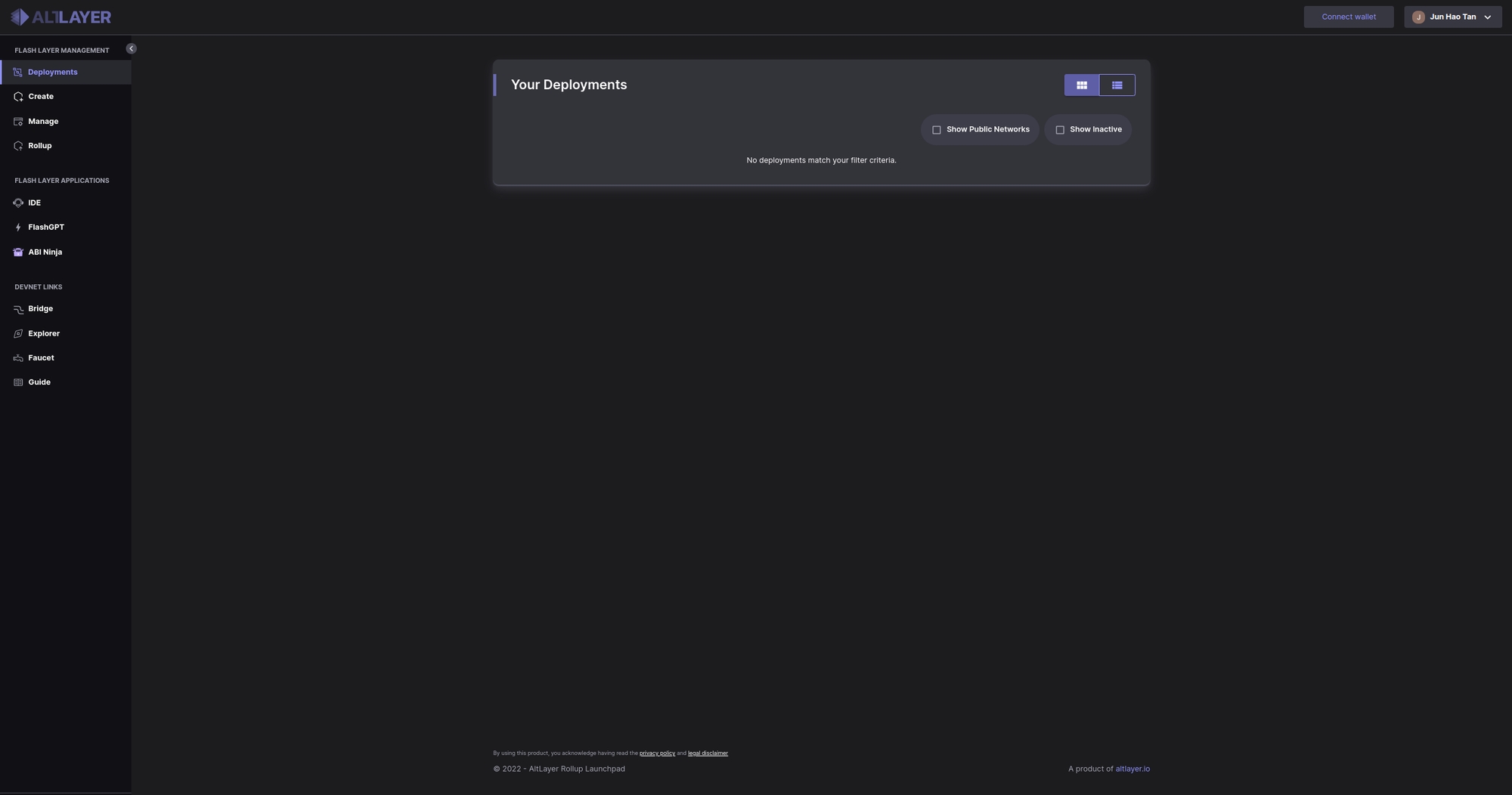
No-Code and Low-Code Deployment: RaaS platforms like AltLayer offer intuitive dashboards that let developers launch custom rollups without deep blockchain expertise. This reduces the risk of technical errors and accelerates time-to-market.
-
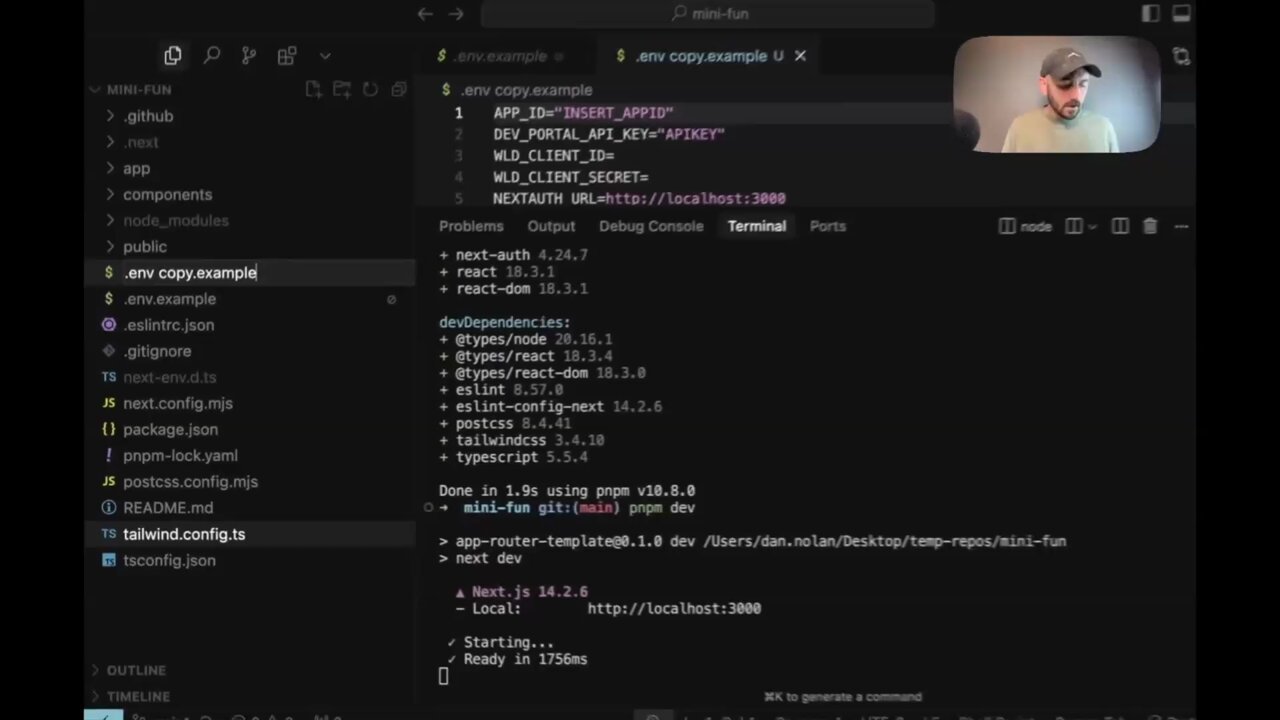
Customizable Security and Performance: Leading RaaS providers such as Alchemy enable developers to configure security settings, consensus mechanisms, and performance parameters, ensuring deployments are tailored and resilient against evolving threats.
-
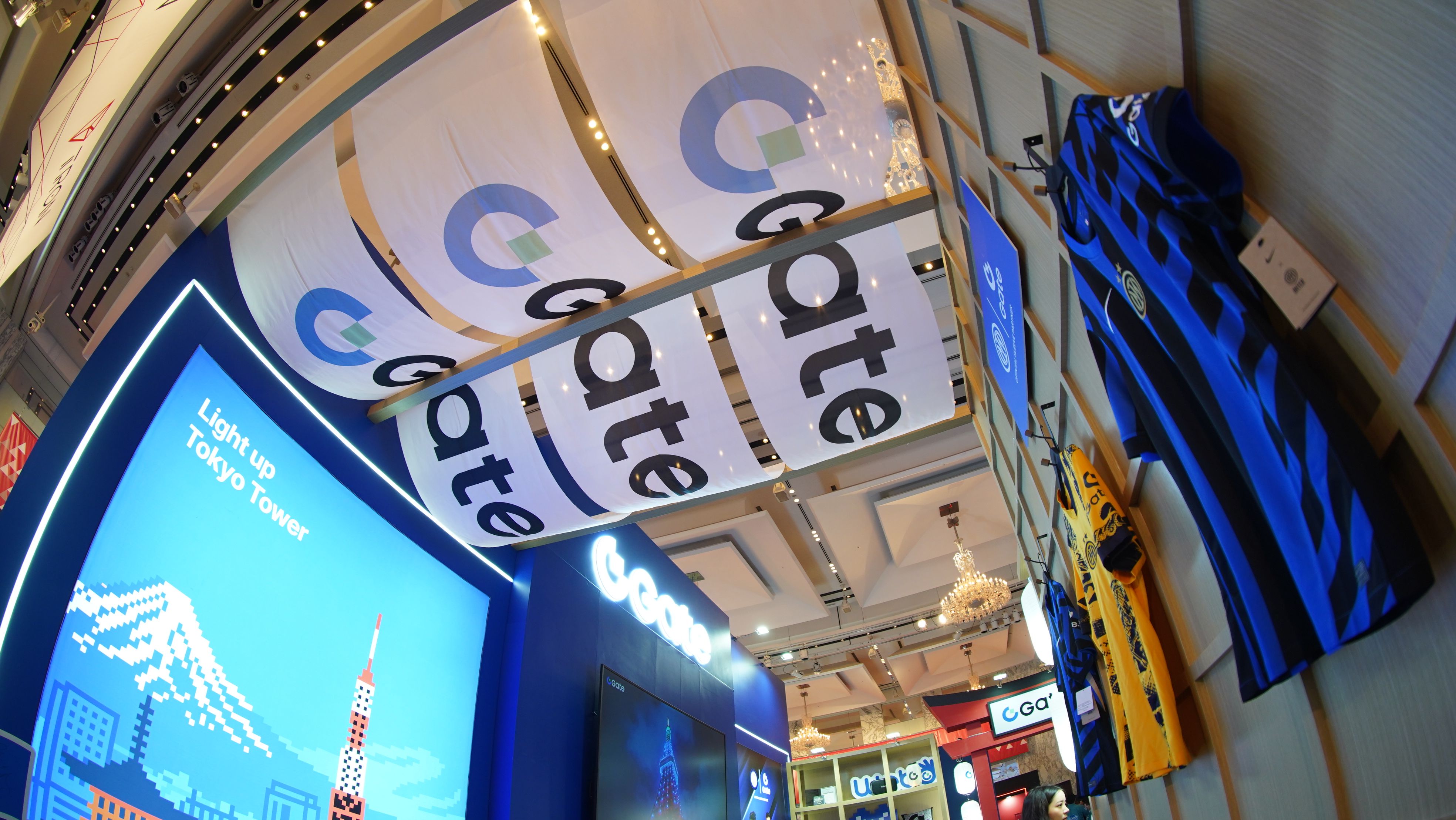
Reduced Infrastructure Burden: Platforms like Tokyo Techie handle ongoing rollup maintenance and upgrades, minimizing operational risks and freeing teams to focus on application development.
-
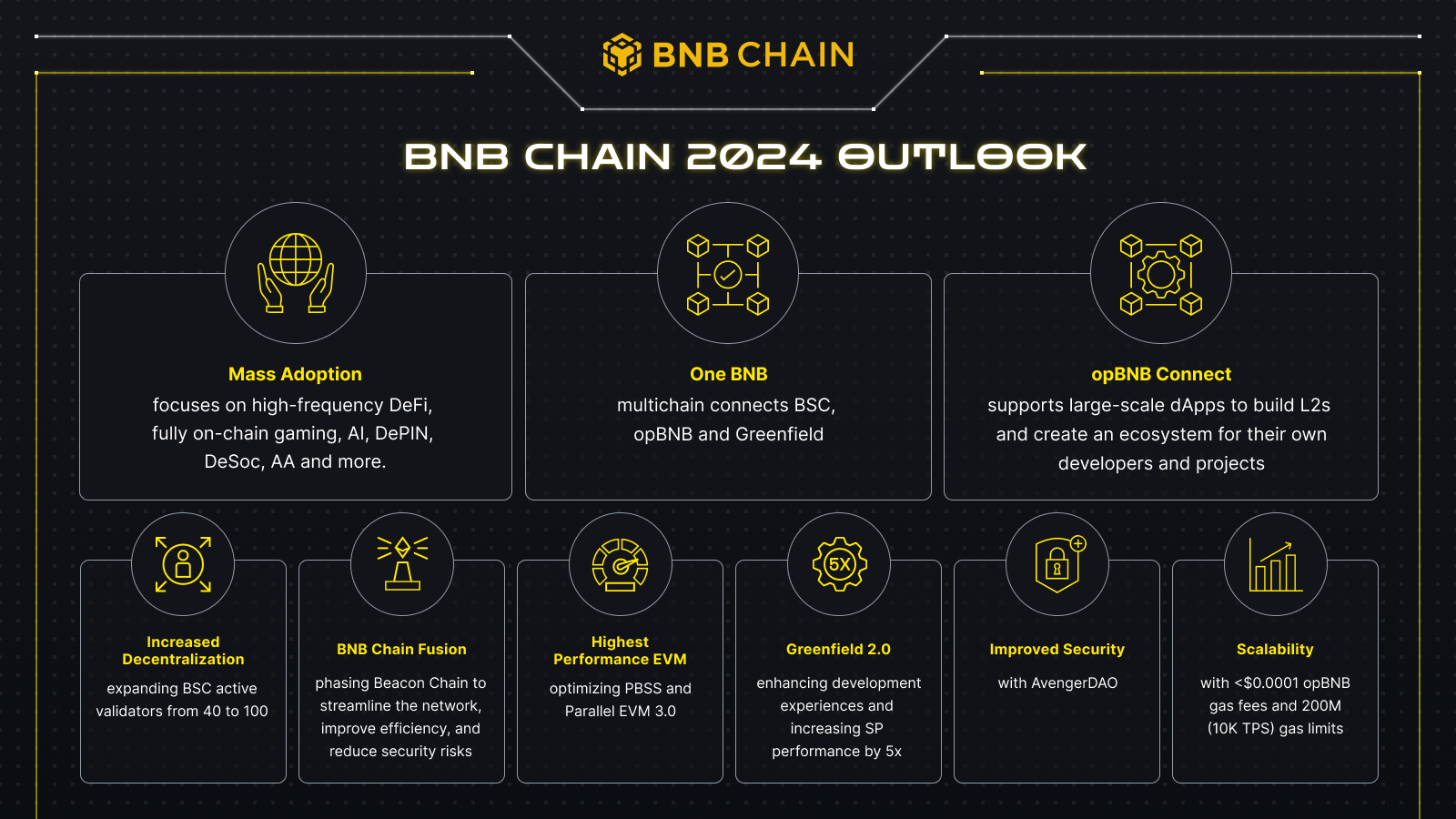
Scalability for Future Growth: RaaS solutions, such as BNB Chain‘s rollup infrastructure, allow seamless scaling as user demand increases, helping applications avoid congestion and maintain performance as ecosystems expand.
-
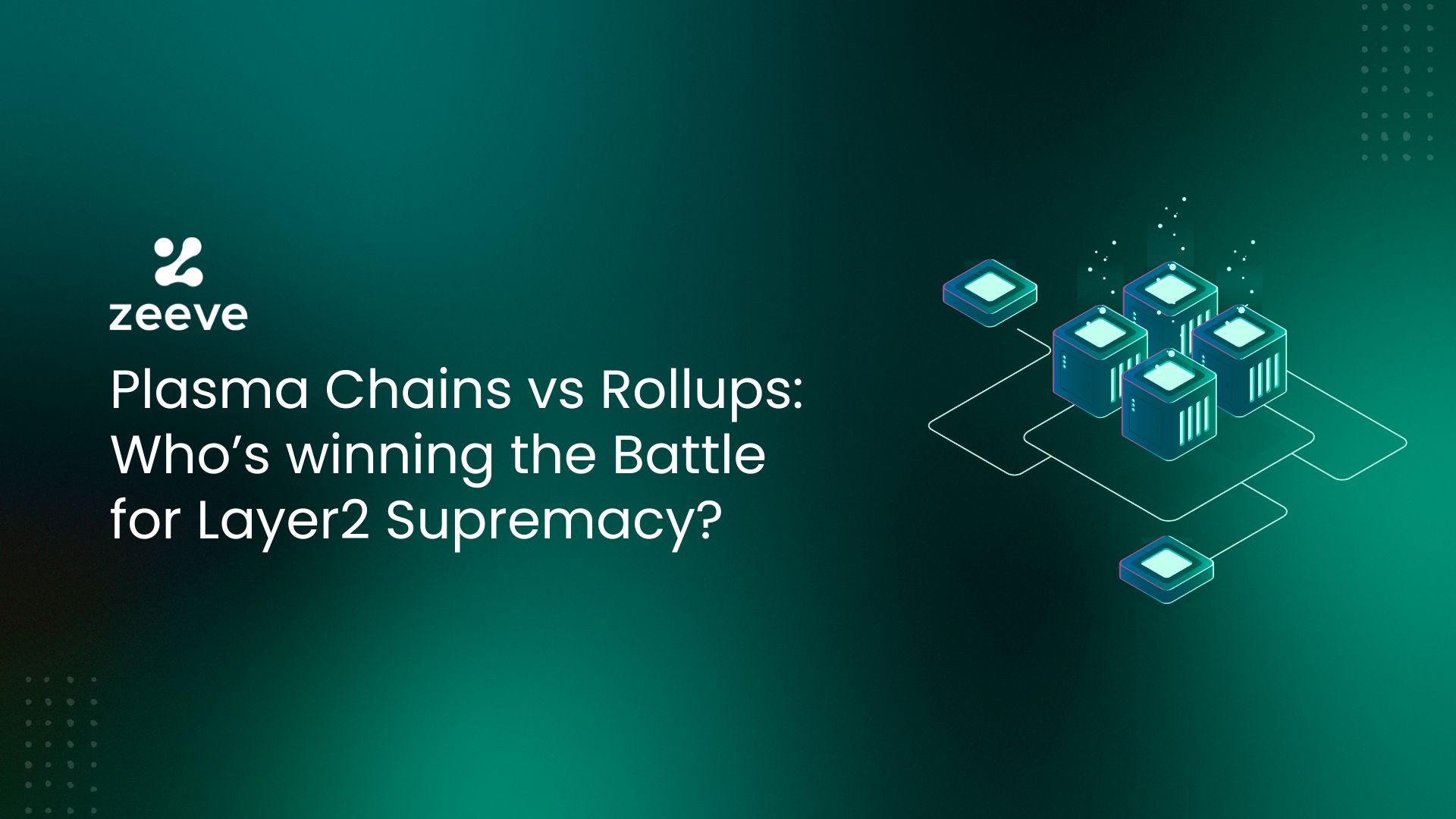
Dedicated Environments for Mission-Critical Apps: RaaS enables deployment of specialized rollups for DeFi, gaming, or high-frequency use cases, isolating workloads and reducing the risk of network congestion or competition for blockspace.
Choosing the Right RaaS Platform
With several providers entering the market, selecting the right Rollup-As-A-Service partner comes down to a few pragmatic factors:
- Ecosystem Compatibility: Does the platform support your target Layer 1s (Ethereum, BNB Chain, Polygon) and offer robust interoperability?
- Customization Depth: Are you able to fine-tune rollup parameters for your use case?
- Support and Uptime: What level of technical support is provided? Is there an SLA for uptime?
- Pace of Innovation: How quickly does the provider adopt new scalability solutions like data availability sampling or native account abstraction?
If you’re weighing options or want a step-by-step guide to launching your own app-chain with RaaS, see our resource on how to launch a custom blockchain app-chain with Rollup-As-A-Service.
The Takeaway: Focus on Product, Not Plumbing
The rise of Rollup-As-A-Service is reshaping what’s possible in blockchain development. By removing infrastructure barriers and offering flexible deployment models across chains, RaaS platforms empower teams to focus on what matters most: building differentiated products that deliver value at scale.
This shift toward managed scalability solutions aligns with broader trends in software engineering, where cloud services freed developers from hardware concerns, RaaS now liberates Web3 builders from protocol-level complexity.
If you’re ready to accelerate your multi-chain deployment strategy with abstract rollups or want to learn more about how these platforms are changing the game for blockchain scalability solutions, explore our latest insights on seamless multi-chain app deployment with Rollup-As-A-Service.
